
Nothing else can be a greater achievement to a traveler than reaching a place which has been their dream for a long time and which they already know almost everything about.
One of this bucket list plans for me was the enchanting town of Zakopane, which is also called as the ’winter capital of Poland’, but I will also tell you about some adventures later on that I experienced in this extraordinary region called Lesser Poland (Małopolska).
Even though the town has only a population of nearly 30,000 inhabitants, it is a popular and must-see destination in Poland for visitors from all around Europe. Of course, Hungary is not an exception either, and thousands of Hungarian tourists visit Zakopane either as a stop on their way to Kraków, or as a holiday spot on its own, since the town is not so far away from our country.

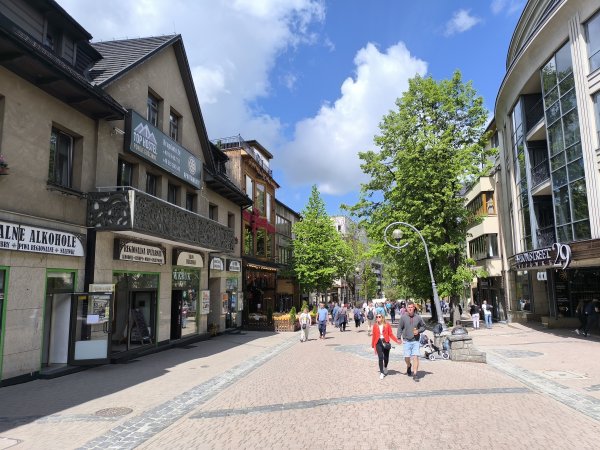
Since I used to live in Poland before and know a lot about Polish culture, it had been on my wish list for quite a time to explore this real, genuine treasure of the country. Not to mention that I have been working on the edition of my book on Slavic mythology for years now, and Polish legends have a very significant role within this future volume.
There are many theories on the name of the town, which is most probably related to the verb kopać (meaning both ‘to dig’ and ‘to kick’), implying that the place is called more or less ‘outdug’, and indeed: Zakopane was founded on a glade among the beautiful peaks and valleys of the enormous Tatra mountains.


One of the best views on the town can be seen if you take the funicular to Gubałówka hill, where you can have the whole panorama on the most important mountains of the Tatras including Kasparowy Wierch and Giewont, which was an inspiration for many local legends.
Namely, if you have a look at this long piece of rock (Długi Giewont - 'Long Giewont'), it looks like a lying man, which has been triggering the people’s fantasy for many many centuries.
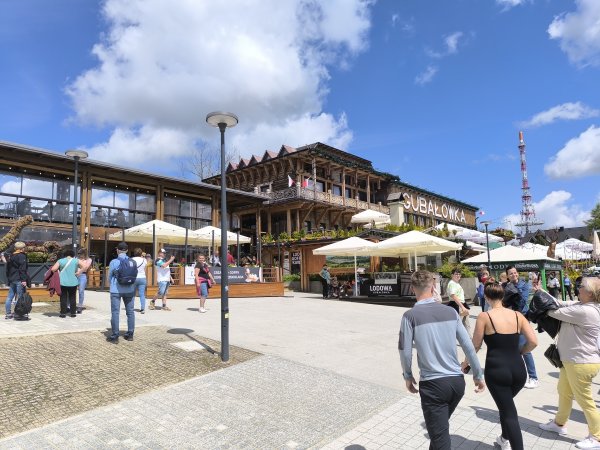

A well-known legend says that Giewont is a giant sleeping knight, and when Poland is in danger, he will wake up to save the country, while another one says that Giewont was the youngest out of six brothers, the sons of a dragon and a mortal woman.
They also had a younger sister, Osobita (a mount peak in the Slovak Tatras today), who was desired by an evil sorcerer, Mróz (Frost).

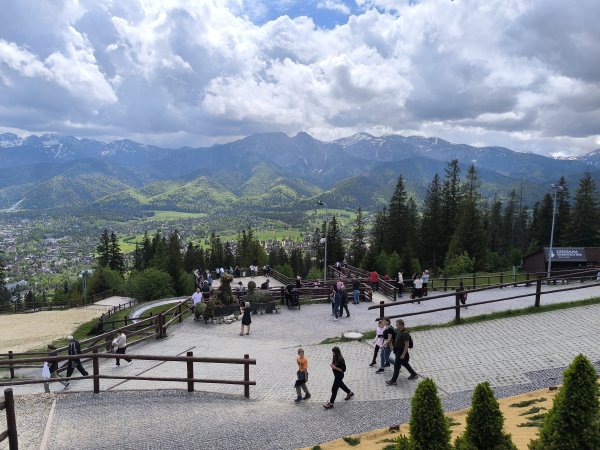
The magician asked his sister, Zima (Winter) to seduce Giewont, who was devoted to protect Osobita, and the knight was finally frozen and turned into a mountain forever: when Zima realized what she had done, she understood that she was in true love with Giewont in spite of her conspiracy and then covered him with her snow to protect him.
Mróz returned each year to convince Osobita, but she never accepted his wicked request to marry him, and in the end all the seven children of the dragon turned into mountains in the Carpathians that you can find today at the borders of Poland and Slovakia (in some versions there are six brothers and seven sisters all together representing the mountains of the region).


The third and most famous legend about Giewont says that there is a cave inside the mountain where first Polish king Bolesław I the Brave (Bolesław I Chrobry) is sleeping with his knights.
Just like in the case of King Arthur in Britain, King Mathias in Hungary or Duke Wenceslaus in Bohemia (under the mountain of Blaník), Bolesław is considered to return from his sleep with his army to help his country when it will be in danger, similarly to the first legend.
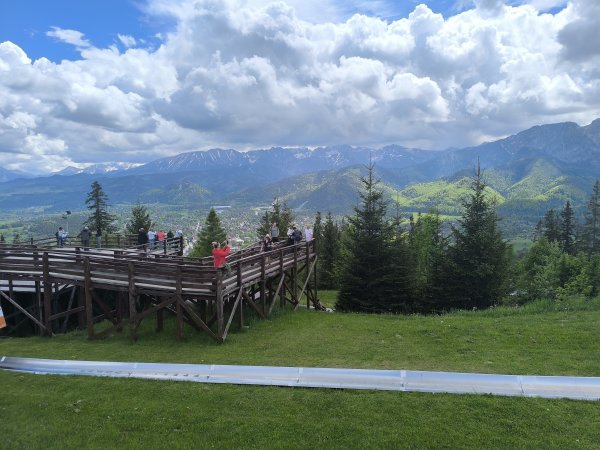

Nevertheless, Zakopane is also a home for further legends related to the famous bandit of the Podhale valley, Juraj Janosík, who is claimed both by Poles and Slovaks to be a hero of their folklore, although nowadays he is rather a part of the Slovak tradition.
He and his companion, Harnaś, another leader of the bandits are also connected to the famous locals of the Tatras and Zakopane, the Goral people (Górale).


Officially, Gorals (’Highlanders’ – góra means mountain in Polish) are an ethnic subgroup of Poles, but in fact, they represent an interesting border culture between Poles and Slovaks, just like Silesians between Germans, Czechs and Poles in Upper Silesia (Górny Śląsk).
What makes this case more interesting is that these people may have a Vlach (so Romanian) origin, and their ancestors might have immigrated to the Northern Carpathians from the Balkans.
Actually, it is not the one and only ethnographic area in the whole region with Vlach descendants: at the borders of Czech Republic and Slovakia, in Southeastern Moravia there are also many towns with a Vlach minority, having their special architecture of wonderful wooden houses (for example in Vsetín and other towns of Moravian Wallachia).
Likewise, Gorals also maintain a heritage of such mesmerizing wooden buildings such as huts, weekend houses, but there are even masons in the local Goral design called willa after the ancient Latin term.


These huge wooden palaces representing the traditional Goral architecture usually host different museums, such as the Tatra Museum, the Museum of Zakopane Style, many art galleries or another surprising sight, the Oscypek Museum.
I have also learnt about the fact that in order to preserve the town’s unique image, it is prohibited in certain protected areas to build houses which are not designed in the typical Zakopane style and which are not made of wood.


Churches are not an exception either, and most of them are made of wooden parts (like in the Village Museum of Opole), although the most famous Catholic church of the town, Sanktuarium Najświętszej Rodziny (Sanctuary of the Most Holy Family), next to the famous shopping street of Krupówki is not exactly one of them.
But wait a second, getting back to the museums: what is this oscypek exactly mentioned above? Oscypek, or, in Slovak, oštiepok is a special kind of smoked cheese made of sheep milk, which traditionally has the shape of a sprindle or a cylinder.
There are many market places on the streets where you can see and buy different kinds of it (both traditional and flavored ones), particularly on your way to Gubałówka, where other souvenirs and traditional food are sold as well.


When you are a native of Slovak or Hungarian, do not be surprised if the sellers talk to you in your language: there are such a vast amount of Hungarians going to Zakopane that some local vendors decided to learn some basic words and expressions to impress tourists from Hungary, and I have to admit that it works – at least it was a very thrilling and nice experience to my family and to me.
Gorals who mostly lived their lives as shepherds, do not only have their own gastronomy, but their dialect, music, dance, tales, clothes, furniture and so on, which makes them indeed different from Poles coming from other regions.
There are many references on them and sometimes they even appear in fictional works: in the famous novel by Henryk Sienkiewicz, The Deluge it’s the Goral people who save King John Casimir from the Swedish troops.

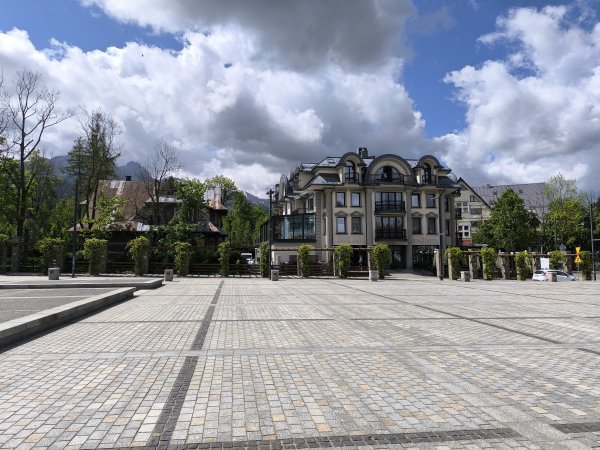
For most visitors, especially from Western Europe, Zakopane is a place for the Christmas market, winter sports (ski, skating, bobsleigh, etc.), a nice spot for hiking or a marvelous town in the middle of the nature, which even has some nice thermal baths.
I would not like to argue with that, but my perspective is different, because this town for me was a true fairy world from my books and articles that finally came into reality.


Maybe I did not go there for the winter as most people do, but it is also a matter of taste, because a mountain region for me like Zakopane and the Tatras is the most beautiful in my eyes at spring, and I had this whole trip in May. I could already be impressed by the slopes of Pohorje and Etna, but this was something completely different indeed.
In spite of the intact landscape and old traditions, Zakopane managed to have a modern infrastructure with many accommodations (noclegi, as one can notice on the boards everywhere), bars, restaurants, taverns (traditionally called karczma - the origin of our Hungarian word kocsma) and even with a shopping mall.


Modern touristic requests are also satisfied by various fun parks and playgrounds, just think about the fact that there is a place Myszogród (Mousehouse) where mice live in miniature towns and surrounded by decorations of different themes.
To be honest, I am not a big fan of any of these options and would not really like to advertise them, because I consider a simple hiking trip a much better family program, but there are various tastes and needs, and anyone can find them in Zakopane.


So no wonder that Zakopane is popular among Poles, Hungarians and basically everyone in the region, and I need to mention that unlike Rome, Zagreb or a bunch of other European cities I visited, this little Carpathian town exactly gave me the experience I had expected, or even more.
I know that there are some trips for me still ahead for the summer, but for sure this has been the greatest gift to me in this year; even if for a couple of hours, I was there in a legendary place which is the beating heart of the Polish Tatras.
